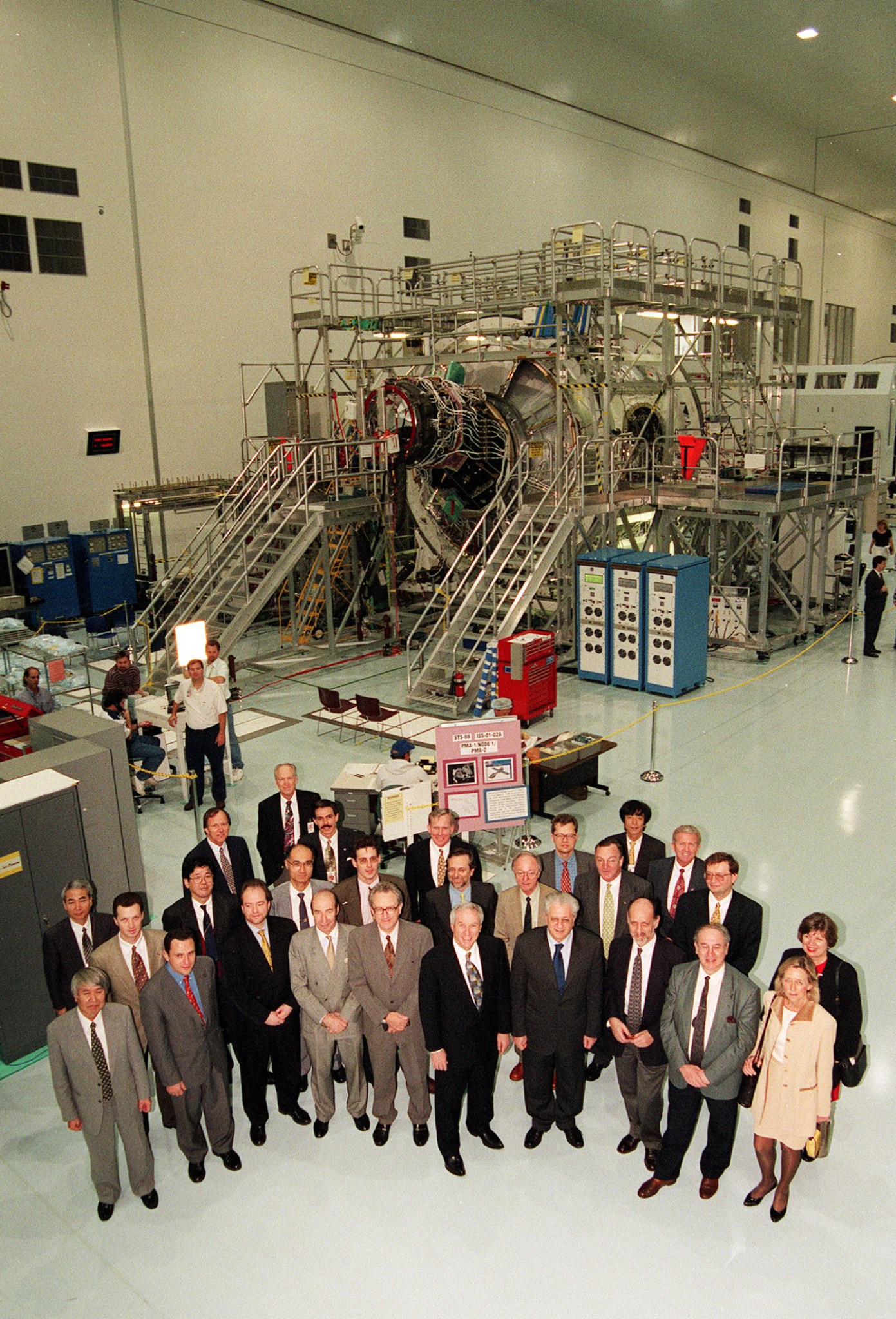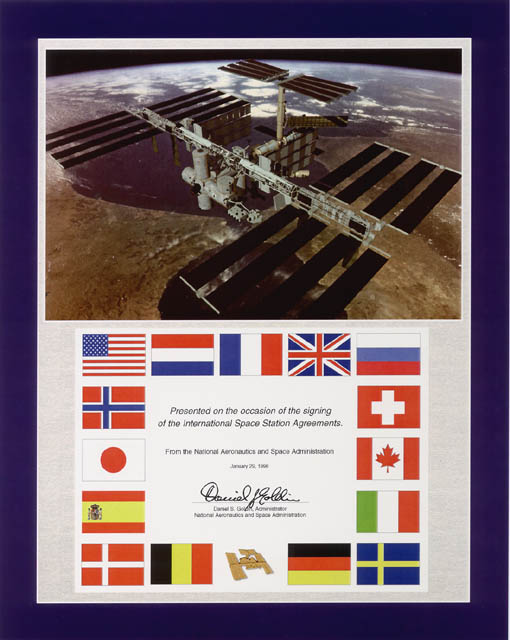The International Space Station (ISS) is the largest and most complex international science and engineering project in history, taking advantage of the technical expertise of the participating countries. As such, it required a multinational framework to make it possible. On January 29, 1998, senior government officials from 15 participating nations met at the US State Department in Washington, DC, and signed agreements to establish that framework for cooperation. For the United States, Acting Secretary of State Strobe Talbot signed an international treaty called the Intergovernmental Agreement (IGA) on Space Station Cooperation, along with representatives from Russia, Japan, Canada and participating countries of the European Space Agency (Belgium, Denmark, France, Germany, Italy, The Netherlands, Norway, Spain, Sweden, Switzerland and The United Kingdom). The agreement superseded the earlier 1988 ISS IGA, the modification made necessary largely by the decision to include Russia in the partnership.
The new IGA established the overall cooperative framework for the design, development, operation and utilization of the ISS and addressed several legal topics, including civil and criminal jurisdiction, intellectual property and the operational responsibilities of the participating partners. Lower level bilateral Memoranda of Understanding (MOU) were signed that same day by NASA Administrator Daniel Goldin with his Russian, European, and Canadian counterparts and on February 24 with Japanese representatives. The MOU’s described the roles and responsibilities of the partners in more detail. A third layer consists of bartered contractual agreements establishing the trading of the partners’ rights and duties.
Ten months after the signing of the 1998 IGA, Zarya, the first element of the ISS on-orbit segment was launched from the Baykonur Cosmodrome in Kazakhstan, beginning the construction of the largest international space platform. Twenty years after its signing, the IGA continues to be the governing document of this monumental effort. Among the lessons learned as the IGA was implemented over the past two decades, one key factor was to strike the proper balance between being too precise and yet clear enough to ensure all partners had a common understanding and were working toward a common goal. The agreement also had to allow the partnership flexibility to make any needed changes as the multiyear ISS Program evolved over time. The successful negotiation and implementation of the ISS IGA set a great precedent for future large international space collaborations, such as lunar and planetary exploration missions.
Lynn Cline, the NASA official who led the negotiations of the IGA with the international partners, recalled the agreement in an oral history interview that its legacy “is the fact that it established a framework for all these countries to work together successfully for the long term. What I hope it will have as a legacy for the future is that it’s a stepping stone in research, in human spaceflight, in evolution to the next step”.
For more on the ISS IGA, please visit Partners Sign International Agreement
Read the original agreement at https://www.state.gov/documents/organization/107683.pdf
Read oral history transcripts of two individuals who were involved in the negotiations of the IGA: Lynn Cline and Melanie Saunders.
http://www.jsc.nasa.gov/history/oral_histories/NASA_HQ/Administrators/ClineLFH/clinelfh.htm
http://www.jsc.nasa.gov/history/oral_histories/ISS/SaundersM/saundersm.htm




























